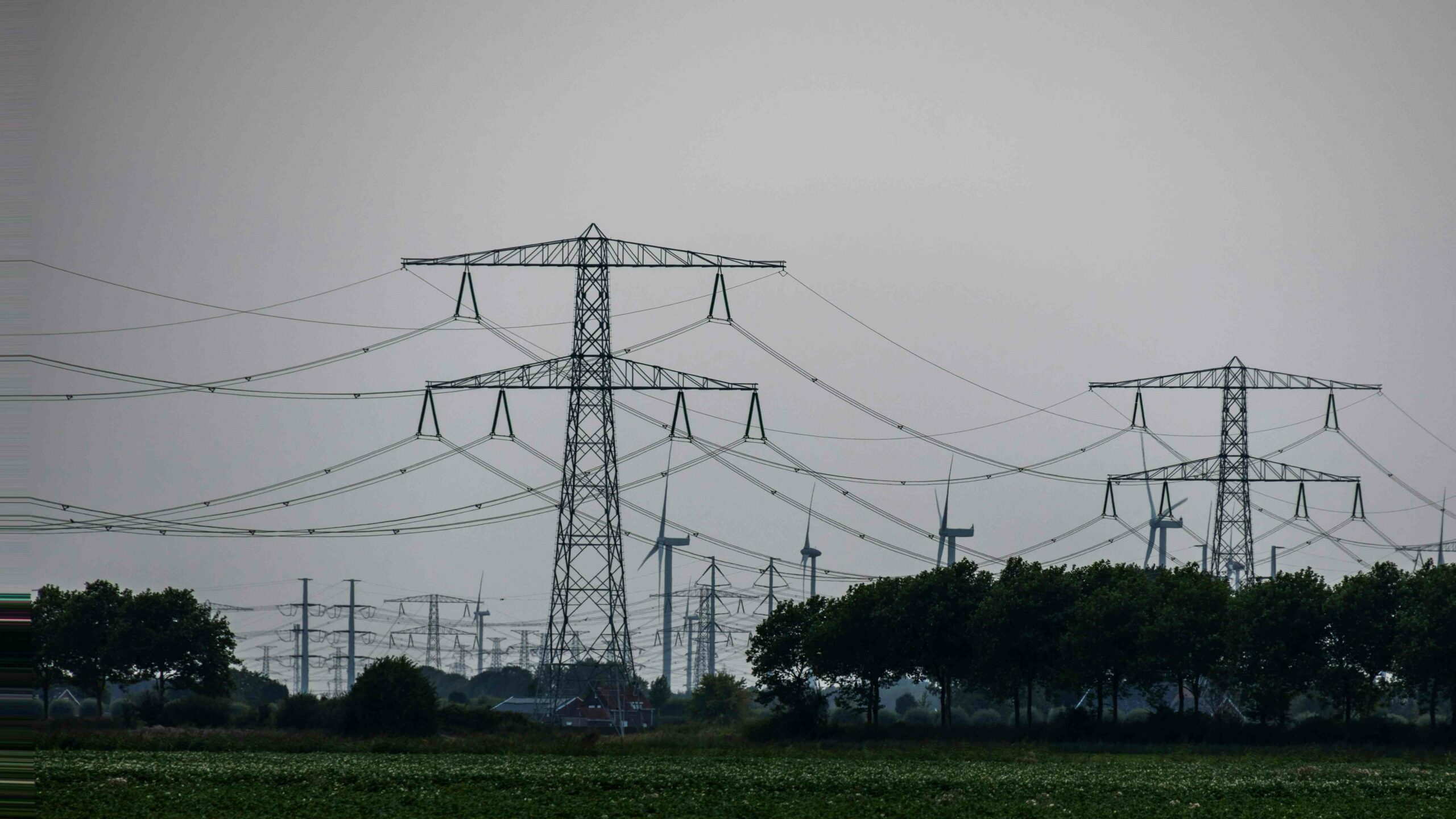Everyone likes the sound of a cheaper power bill. It’s why low rate electricity plans are often the first thing people look for when comparing options. And fair enough—if you can pay less, why wouldn’t you?
But here’s the thing: cheaper isn’t always better. Some cheap electricity plans look great at a glance but come with extra costs tucked into the fine print. Others offer rock-bottom rates but fall short on service, support, or flexibility.
So, how do you spot a low cost electricity plan that actually works for you? That’s where knowing what to look for—beyond just the price tag—can make all the difference.
What Makes an Electricity Plan “Low Rate”?
At its core, a low rate electricity plan is one where the usage rate per kilowatt-hour is on the lower end. But that’s only part of the story.
There are two main charges on your power bill: the usage rate and the supply charge. The usage rate is what you pay for the electricity you use. The supply charge is the daily fee just to stay connected to the grid, even if you don’t flick a single switch.
Some affordable electricity plans offer a low usage rate but a higher daily charge. Others advertise big discounts that only apply if you pay on time or sign up online. And don’t forget the difference between fixed rates (which stay the same) and variable rates (which can change).
Reading past the headline rate can help you avoid paying more later.
The Hidden Costs You Might Miss
That low rate electricity plan might not look so good once everything’s added up.
Daily supply charges can vary a lot between providers. It’s the fee you pay just for being connected, no matter how much electricity you use. Then there are exit fees—extra costs if you leave the contract early—and charges for going over usage limits, which some plans quietly include.
Time-of-use pricing is another one to watch. Some affordable energy plans charge more during peak hours and less at night. That can be great if you’re home in the evenings, but not so great if you’re running everything during the day.
It’s these kinds of details that can turn a “cheap” plan into something less appealing over time.
Service Matters: What You’re Really Paying For
There’s more to a good plan than numbers on a page.
A reliable provider with strong customer support can make all the difference—especially when something goes wrong. Response times, support hours, and the way your provider handles issues can affect how satisfied you are day-to-day.
Reputation counts too. Checking reviews can give you a better sense of what current customers experience.
And don’t overlook how you’re billed. Do you want monthly billing or quarterly? Do you prefer digital statements or paper copies? The right setup can make managing your bills easier.
Green Energy and Sustainability Options
Not all cheap electricity plans include green energy options. If cutting emissions or supporting renewables matters to you, it’s worth checking whether your plan lets you add something like GreenPower—a program that backs energy from renewable sources.
Sometimes these options add a small cost. But for many households, that’s a price worth paying.
Balancing sustainability and affordability is personal. Just make sure you know what your plan includes.
How to Identify a “Good Deal,” Not Just a Cheap One
It’s not just about finding the lowest number. A good electricity plan suits your usage, keeps fees low, and delivers reliable service.
Look at your total annual cost—not just the rates. Match the plan to how and when you use electricity. If you’re running appliances during peak hours, a time-of-use plan might not be the right fit.
Some low cost electricity plans also come with extras. Bundling gas and electricity could give you a small discount. Others offer loyalty rewards or refer-a-friend perks.
Small details can make a big difference over time.
Conclusion: What to Prioritise When Choosing
The best affordable energy plans aren’t just about the rate. Look for a mix of fair pricing, good service, and flexibility. That’s what brings real value.
Check the full picture—usage rates, supply charges, fees, support, and optional extras. And remember: what worked for you last year might not be the best deal now.
Take a few minutes each year to review your plan. It could save you more than you think.
Need help comparing options? Reach out to the team at GloBird. We’ll help you make sense of it all—and find a plan that fits your needs.
